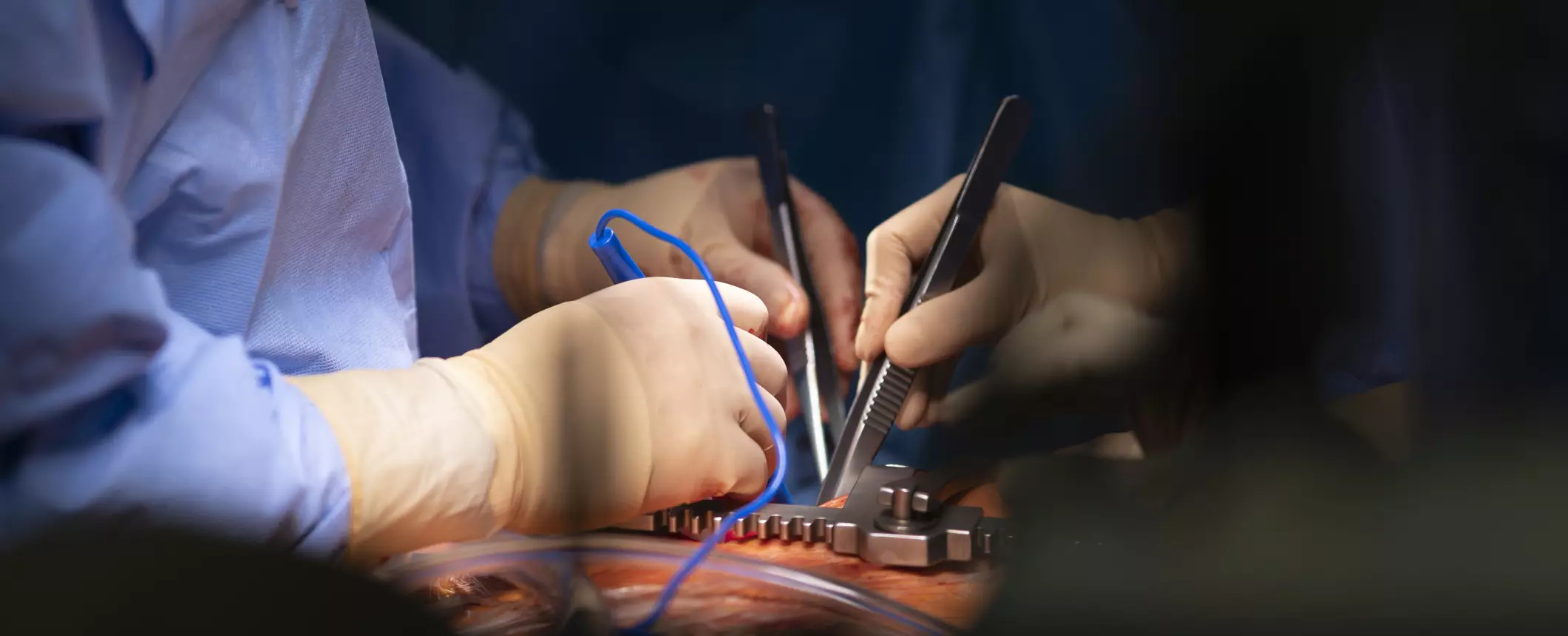In a world where over 100,000 Americans are currently waiting for organ transplants, the shortage of human organs has become a pressing crisis. However, a recent medical breakthrough may offer a glimmer of hope. This week, a 58-year-old man became the world’s second patient to receive a transplant of a genetically modified pig heart, marking a significant milestone in the field of xenotransplantation.
Lawrence Faucette, a Navy veteran and father of two, was facing a near-certain heart failure due to pre-existing vascular disease and internal bleeding complications. His eligibility for a human donor heart was compromised, leaving him with few options. However, Faucette’s hope was reignited when he learned about the possibility of a pig heart xenotransplant. Prior to the procedure, he expressed his gratitude, stating, “At least now I have hope, and I have a chance.”
Following the transplant, Faucette showed signs of recovery. He was able to breathe on his own, and the newly transplanted heart was functioning well without the need for supportive devices. The University of Maryland School of Medicine reported that Faucette was receiving conventional anti-rejection drugs and a new antibody therapy to prevent his body from rejecting the foreign organ. This remarkable success highlights the potential of xenotransplantation as a viable solution to the organ shortage crisis.
Xenotransplants face a significant challenge – the patient’s immune system often attacks the foreign organ. To circumvent this issue, scientists have turned to genetically modified pigs as organ donors. By modifying the genetics of the pigs, researchers aim to reduce the risk of immune rejection. Recent advancements have shown promising results, with kidneys from genetically modified pigs being transplanted into brain-dead patients. In fact, the NYU Langone Hospital Transplant Institute announced this month that a pig kidney had functioned for a record-breaking 61 days inside a brain-dead patient.
Early xenotransplantation research primarily focused on using organs from primates. In 1984, a baboon heart was transplanted into a newborn known as “Baby Fae.” However, this pioneering effort resulted in the baby only surviving for 20 days. Today, the focus has shifted towards using pigs as organ donors. Pigs are considered ideal donors due to their organ size, rapid growth, large litters, and the fact that they are already being raised as a food source.
The successful pig heart transplant brings renewed hope for the future of xenotransplantation. While challenges still remain, such as the long-term effects of immunosuppressant drugs and the risk of cross-species virus transmission, this groundbreaking procedure represents a significant step forward in addressing the organ shortage crisis. As research and technology continue to advance, the possibility of using xenotransplants as a viable solution to the shortage of human organs becomes increasingly promising.
Xenotransplantation offers a glimmer of hope in the face of the organ shortage crisis. Through the modification of pig organs and advancements in medical research, patients like Lawrence Faucette are given a second chance at life. While there are still hurdles to overcome, the potential of xenotransplantation as a solution to the chronic shortage of organ donations cannot be overlooked. As we continue to push the boundaries of science and medicine, the day may come when the transplantation of animal organs becomes a common and life-saving procedure.



Leave a Reply